With a 3 week forced break from the bike due to my fractured ribs, we set about planning an awesome 3 week trip around the Yucatan Peninsula and Chiapas! Although we would have loved to have been cycling, we had such a fantastic time and saw far more than we could have on our bikes, so perhaps it was a blessing in disguise! ![]()
We took a terribly long, but reasonably comfortable, 21 hour bus trip from Salina Cruz (Oaxaca) to Playa Del Carmen (Quintana Roo), where we stored our bikes and stayed with friends of David’s cousin, Martin and Adriana. We found a good online car hire deal and booked a little car (thankfully with air-conditioning!) for the 3 weeks.
Here is an overview of the sights that we saw on our road trip. We have divided this update into 3 parts, broken down by State:
- Part 1: Quintana Roo and Campeche
- Part 2: Yucatan
- Part 3: Chiapas
Part 1A: Quintana Roo
Quintana Roo is located on the Eastern side of the Yucatan Peninsula, right next to the Caribbean Sea (think white sandy beaches, turquoise water …. and unfortunately, at this time of year, seaweed!). It’s not the most budget friendly place, and along with neighbouring Yucatan, it was certainly on the pricier side by Mexican standards. It is home to Cancun, lots of flashy hotels and theme parks. To be honest, it really was a bit too touristy for us, but there are some real gems, like Laguna Bacalar and the Maya Coast above Mahahual. We certainly don’t claim to have seen it all and we didn’t have a chance to get out to any of the lovely islands off the coast, but here is a little description of the sights that we saw while in Qintana Roo:
- Playa Del Carmen
“Playa”, as it’s affectionately referred to in Mexico, is a very hip, cosmopolitan city, where you can “shop till you drop” and party all night. It’s fun, classy and expensive and apparently the fastest growing city in the world. We enjoyed our time there immensely, but we were very fortunate to be staying with friends, as the cheapest hotel starts at around 500 pesos (USD 32 / AUD 42). Otherwise, I think it would have been a much shorter stay.
Martin and Adriana took us out to some of their favourite bars in Playa and we also spent a wonderful afternoon at a beautiful nearby beach. Through Adriana’s local connections, we were also able to access an abandoned hotel/resort complex, with a stunning cenote (a swimming hole). Thanks again Martin and Adriana for your amazing hospitality!
Living it up in Playa Del Carmen with Martin and Adriana! Playa Del Carmen, Quintana Roo, Mexico
Beautiful beach on the Caribean Coast near Playa Del Carmen, Quintana Roo, Mexico
Beautiful beach on the Caribean Coast near Playa Del Carmen, Quintana Roo, Mexico
This cenote is a well-kept local secret! It forms part of a ruined hotel complex and it was free for us to visit and swim here! Quintana Roo, Mexico
Diva loved swimming in the cenote!
The beautiful cenote – what a find! Quintana Roo, Mexico
The beautiful “free” cenote! Quintana Roo, Mexico
Martin, Adriana and Diva enjoying a swim in the cenote!
Tranquil little bay, which forms part of the ruined hotel complex. Quintana Roo, Mexico.
Tranquil little bay, which forms part of the ruined hotel complex. Quintana Roo, Mexico.
The ruined hotel complex. Quintana Roo, Mexico.
Beautiful beach on the Caribean Coast near Playa Del Carmen, Quintana Roo, Mexico
- Tulum
Ahh … lovely Tulum. I really want to come back to Tulum when we are on a shorter vacation with a bigger budget, as it is a beautiful spot, with a great, chilled-out vibe. But it is super pricey by Mexican standards. Everything in Tulum has inflated prices – the accommodation, the food, the drinks, even the cold coconuts (we were used to paying 10-15 pesos per coconut on the Oaxacan Coast, but in Tulum, you pay 80!) This would be fine if we were just there for a week, but on an extended trip, it was not a place that we could afford to stay too long. We decided to visit the Tulum Ruins early in the morning and then leave and come back another time when our budget was a little more flexible!
We paid the inflated price of 400 pesos (down from the originally quoted 450 pesos) for a tiny, stuffy private room at a dodgy looking backpackers on the main highway – Hostel El Crucero. The only good thing about this place was that we could leave the car at the hostel and walk to the ruins in the morning.
I wasn’t expecting too much from the ruins at Tulum and that was probably a good thing. You really go to the see the Tulum Ruins for the location – as they overlook the Caribbean Sea – not for the ruins themselves. Unfortunately, at this particular time of year, the beaches were covered with seaweed. ![]() We recommend going to the ruins either very early in the morning (the gates open at 8am) or late in the afternoon. We arrived just after 8am and there were already a lot of people there. It isn’t a particularly big place and we managed to get in and out in around an hour. The entry fee was a bargain at 64 pesos per person.
We recommend going to the ruins either very early in the morning (the gates open at 8am) or late in the afternoon. We arrived just after 8am and there were already a lot of people there. It isn’t a particularly big place and we managed to get in and out in around an hour. The entry fee was a bargain at 64 pesos per person.
Pyramid El Castillo (The Castle), Tulum, Quintana Roo, Mexico
Tulum Ruins, Quintana Roo, Mexico
Tulum Ruins, Quintana Roo, Mexico
Tulum Ruins, Quintana Roo, Mexico
Tulum Ruins, Quintana Roo, Mexico
Tulum Ruins, Quintana Roo, Mexico
Tulum Ruins, Quintana Roo, Mexico
Tulum Ruins, Quintana Roo, Mexico
- Coba
If you are into Mayan ruins … we definitely recommend Coba. The Lonely Planet describes it as a cross between Amsterdam’s bike ways and Tomb Raider! Coba is quite spread out and most people rent bicycles or take “bicycle cabs” to get from site to site along a wonderful, ancient elevated road system, which is thought to have linked the various Mayan sites in former times. However, as I wasn’t meant to be riding a bike at that time, we decided to walk. We got to Coba around 8am and even though we were walking, rather than riding, we made good time around the site. The highlight was certainly climbing to the top of Nohuch Mul Pyramid, from where you have a fabulous view out over the surrounding forest. Be careful on the descent though, as it’s quite slippery!
Laguna Coba, Quintana Roo, Mexico
The wonderful elevated road system through Coba, which is thought to have linked the various ancient Mayan cities, Quintana Roo, Mexico
Coba Ball Court, Quintana Roo, Mexico
Cool carved skull in the ground, Coba Ruins, Quintana Roo, Mexico
Nohuch Mul pyramid at Coba, Quintana Roo, Mexico
On top of Nohuch Mul pyramid at Coba, Quintana Roo, Mexico
The view from Nohuch Mul pyramid at Coba, Quintana Roo, Mexico
Jo descending Nohuch Mul pyramid at Coba, Quintana Roo, Mexico
- Bacalar Lagoon
Laguna Bacalar (Bacalar Lagoon) is simply … gorgeous. The lake is roughly 42kms long and is sustained by underground rivers and cenotes. Numerous locals recommended that we visit Laguna Bacalar – the “Lake of Seven Colours” – and it certainly lived up to all the hype. The water is crystal clear and inviting. There is a range of accommodation options near the Lagoon, including nice hostels where you can pitch your tent. Laguna Bacalar isn’t exactly “off the beaten track”; but it’s certainly not as touristy and developed as its neighbours. Also, because it’s a lagoon/lake, rather than on the beach, it was completely seaweed free!
We spent a couple of hours relaxing at a cool little restaurant and bar called La Playita: http://www.laplayitabacalar.com/ They have a little jetty from which you can swim and a nice menu. We highly recommend it!
Laguna Bacalar (Lake of Seven Colours), Quintana Roo, Mexico
Stunning Laguna Bacalar (Lake of Seven Colours), Quintana Roo, Mexico
Laguna Bacalar (Lake of Seven Colours), Quintana Roo, Mexico
Enjoying some beers with a view, Laguna Bacalar, Quintana Roo, Mexico
Enjoying some beers with a view, Laguna Bacalar, Quintana Roo, Mexico
- X-Calak, Mahahual and the Costa Maya
We had decided to spend a couple of days at X-Calak, which sounded like the perfect “off-the-beaten-track” getaway spot according to the description in the Lonely Planet. X-Calak is located on the southernmost tip of the Costa Maya, 62kms below Mahahual. It is wonderfully undeveloped and has the world’s second largest reef on its doorstep. It sounded perfect!
Unfortunately when we arrived, X-Calak was suffering from a terrible influx of seaweed. No doubt it’s a lovely place to visit when the white sand isn’t covered in seaweed, but the smell of rotting seaweed was so intense that we had to leave. We had come for the beach and there was no way that we could enjoy it with the smell. We longed for seaweed free Laguna Bacalar! The pricier resorts around X-Calak apparently paid people to clear the seaweed on a daily basis … but at the budget end of the accommodation spectrum …. it wasn’t so nice. Also, be aware that X-Calak really isn’t a budget location – its geared towards divers and you pay for your solitude.
So we got back into the car and headed back up towards Mahahual. Mahahual doesn’t get the best write up in the Lonely Planet – it’s described as a cruise ship favourite. It’s certainly touristy and developed, but as we arrived just after a big cruise ship had left, it was pretty much deserted. Nevertheless, we had been looking forward to finding a low key chill-out spot, so we decided to keep driving up the coast in the hope that we would find somewhere suitable along the Costa Maya.
Just north of Mahahual, we stumbled across a beach access road, with advertisements for a couple of B&Bs and resorts. We decided to give it a try. It was a pretty dodgy road, but eventually we came across the Mayan Beach Garden (http://www.mayanbeachgarden.com/). It looked a little pricey, but it was getting dark and we needed to find somewhere to stay, so we went in to inquire. I fell in love with the place immediately. There was seaweed up the coast as well, but it wasn’t nearly as bad as in X-Calak. The Hotel is owned by a friendly American couple, Marcia and Kim. Marcia gave us a great deal on a room due to the seaweed and we ended up staying for 4 wonderful days!
The food here was the best that we had in the whole of Mexico, in particular the AMAZING ceviche, which is made to order – what a treat! You can either eat communally with the other guests or privately, whatever you prefer. We did a bit of both. One night we participated in a fabulous tequila tasting, where we tried at least 12 different types of tequila paired with a delicious meal!
We especially loved our room, which had a wonderful view out over the beach. The room was very tastefully decorated, with fabulous mosaics decorating the floors. It was simply a pleasure to be there.
The Mayan Beach Garden has a lot of repeat business and we could see why. If you are looking for a wonderful escape, it would be hard to find a nicer place. We hope to go back one day.
Mayan Beach Garden, near Mahahual, Quintana Roo, Mexico
Beautiful mosaics outside our villa! Mayan Beach Garden, near Mahahual, Quintana Roo, Mexico
The beautiful Mayan Beach Garden, near Mahahual, Quintana Roo, Mexico
We LOVED this place! This was our villa (on the top floor!!!) Mayan Beach Garden, near Mahahual, Quintana Roo, Mexico
The view from our balcony! Mayan Beach Garden, near Mahahual, Quintana Roo, Mexico
Trip planning with a view!
The view from the roof above our villa! Mayan Beach Garden, near Mahahual, Quintana Roo, Mexico
The beach at Mayan Beach Garden, near Mahahual, Quintana Roo, Mexico
The beach at Mayan Beach Garden, near Mahahual, Quintana Roo, Mexico
The meals that we had at the Mayan Beach Garden were some of the best on our trip so far!
The meals that we had at the Mayan Beach Garden were some of the best on our trip so far!
Mahahual, Quintana Roo, Mexico
Mahahual, Quintana Roo, Mexico
Campeche
Campeche State is located on the western side of the Yucatan Peninsula. It is much less touristy than the Yucatan and Quintana Roo and we enjoyed our time there immensely. The capital of Campeche State is also called Campeche and it is a must-see. Campeche State also has a lot of Mayan archaeological sites to visit, but we were getting a bit ruined out by this stage, so we only visited the largest, Calakmul.
- Campeche
I was really looking forward to visiting the world-heritage listed colonial city of Campeche and it certainly did not disappoint! The historic centre has been beautifully restored, with all of the buildings painted in a variety of bright pastel colours and lots of street art.
We stayed right on the Plaza del la Independencia at the Campeche Hotel. It was very basic, but cheap and the location was incredible! We went to Casa Vieja de los Arcos for cocktails and guacamole overlooking the Plaza and the gorgeous Cathedral – a must do in Campeche!
Street Art, Campeche, Campeche, Mexico
Enjoying cocktails and nachos with a view! Campeche, Mexico
Catedral de Nuestra Señora de la Purísima Concepción and the Plaza de la Independencia, Campeche, Campeche, Mexico
Enjoying cocktails with a view! Campeche, Mexico
Catedral de Nuestra Señora de la Purísima Concepción, Campeche, Campeche, Mexico
The beautiful Centro Cultural “El Palacio” (Museo de Fortificaciones, Comercio y Navegación), Campeche, Campeche, Mexico
David enjoying Campeche’s street Art, Campeche, Mexico
The colourful streets of Campeche! Campeche, Mexico
The colourful streets of Campeche! Campeche, Mexico
The beautiful Centro Cultural “El Palacio” (Museo de Fortificaciones, Comercio y Navegación), Campeche, Campeche, Mexico
The beautiful Centro Cultural “El Palacio” (Museo de Fortificaciones, Comercio y Navegación), Campeche, Campeche, Mexico
Old city walls, Campeche, Campeche, Mexico
Street art, Campeche, Campeche, Mexico
The colourful streets of Campeche! Campeche, Mexico
Former temple of St Joseph, Campeche, Campeche, Mexico
Beautiful doorway, Campeche, Campeche, Mexico
The colourful streets of Campeche! Campeche, Mexico
The colourful streets of Campeche! Campeche, Mexico
- Calakmul
Calakmul requires some dedication to reach, but it’s definitely worth the effort! Calakmul is set in the jungle and was a mighty city in Mayan times, rivalling the likes of Tikal. Like Palenque, Chichen Itza, Uxmal and Tikal (which we visited recently in Guatemala), it is world heritage listed. Calakmul is incredibly BIG and as it is so hard to get to, you basically have the place to yourself, which was very special. Make sure you have at least 3 hours to explore it. Unfortunately the signage isn’t particularly good and as the Lonely Planet doesn’t provide a detailed description of the site (which is strange because it provides one for every other world heritage listed site), it can be a little difficult to know what you’re looking at.
Starting our long walk through Calakmul, Campeche, Mexico
The ruins of Calakmul, Campeche, Mexico
The ball court at Calakmul, Campeche, Mexico
Views out over the Calakmul Biosphere from one of the pyramids, Calakmul, Campeche, Mexico
Views out over the Calakmul Biosphere from one of the pyramids, Calakmul, Campeche, Mexico
The ruins of Calakmul, Campeche, Mexico
The ruins of Calakmul, Campeche, Mexico
Beautiful, fiesty wild turkey near Calakmul, Campeche, Mexico
- Don’t bring bananas into Campeche!
On our way back from Palenque (in Chiapas) we bought some bananas, which we had in the car when we crossed the state border into Campeche. One of the border officials tried to make us pay a fine, although we were very happy to discard the bananas at the border. We asked the border official how much the fine was and he said “Quatro (Four)”. I confirmed “Quatro pesos?”. The official nodded. Four pesos is about 25 US cents! We were more than happy to pay that, in fact, we gave the official 5 pesos, as we didn’t have any change. ![]() The official laughed when I gave him the money and said, “Not 4. 400 pesos”. Now, this was a completely different story. We knew we were getting scammed, so we asked to see the official’s supervisor and we also said that we wanted an official receipt. As expected, he backed down immediately. He gestured for us to hide the bananas under the car seat and waved us through the check point!!
The official laughed when I gave him the money and said, “Not 4. 400 pesos”. Now, this was a completely different story. We knew we were getting scammed, so we asked to see the official’s supervisor and we also said that we wanted an official receipt. As expected, he backed down immediately. He gestured for us to hide the bananas under the car seat and waved us through the check point!! ![]()




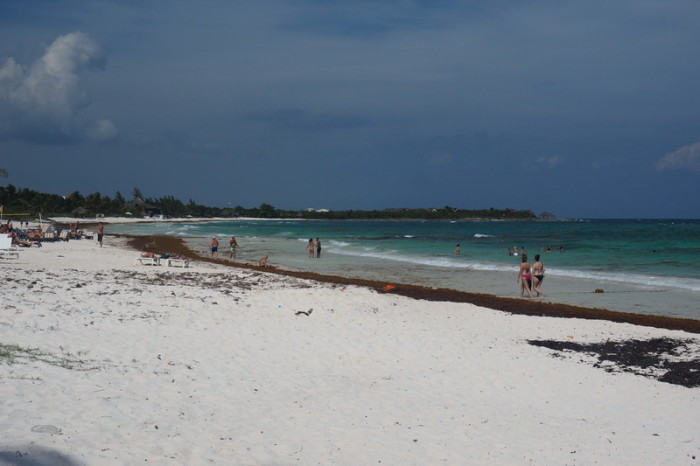

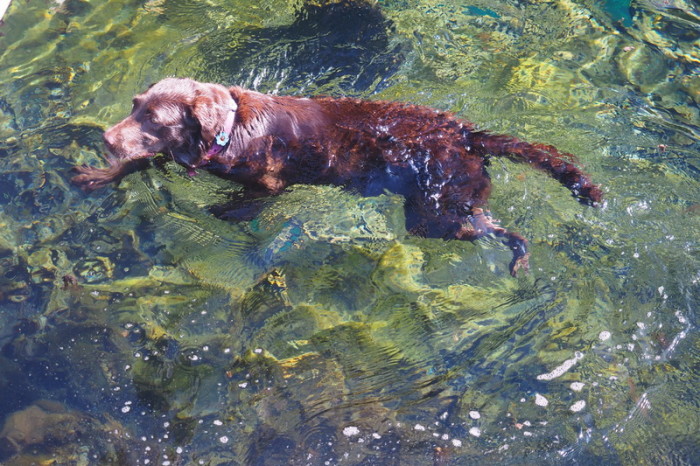
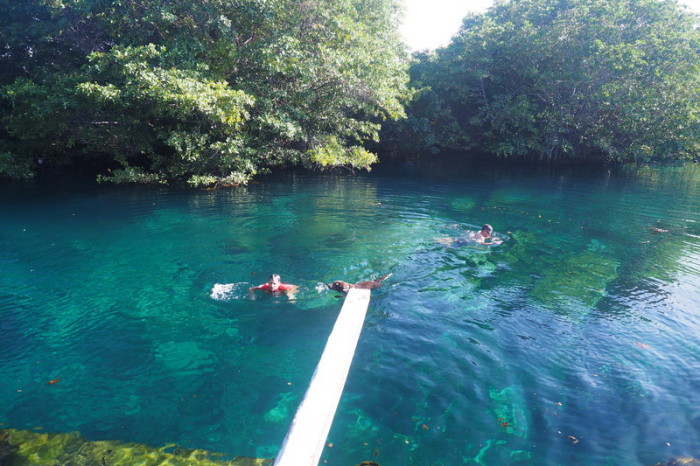
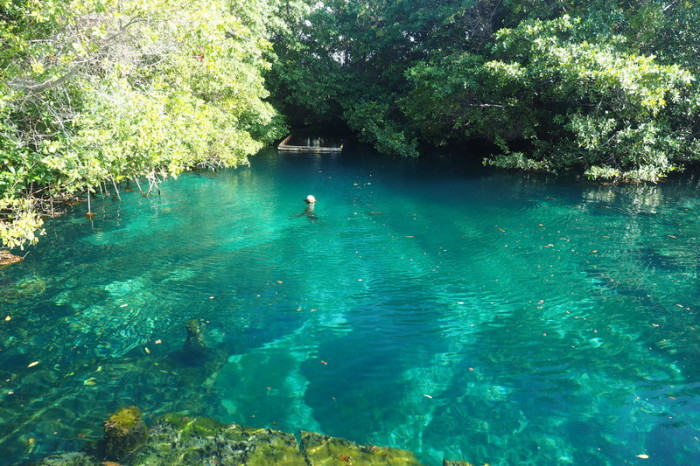

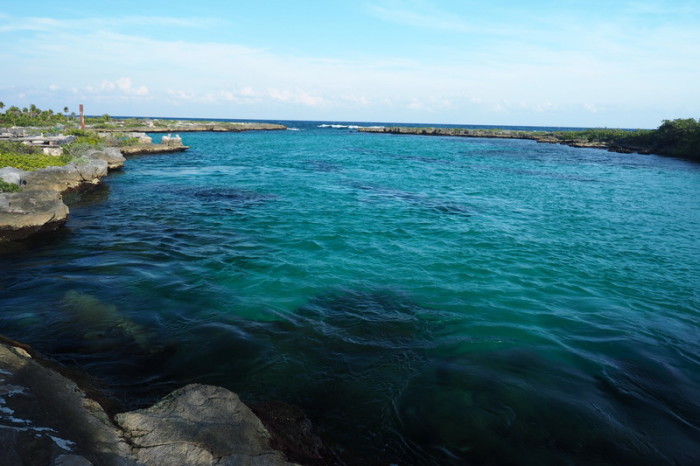
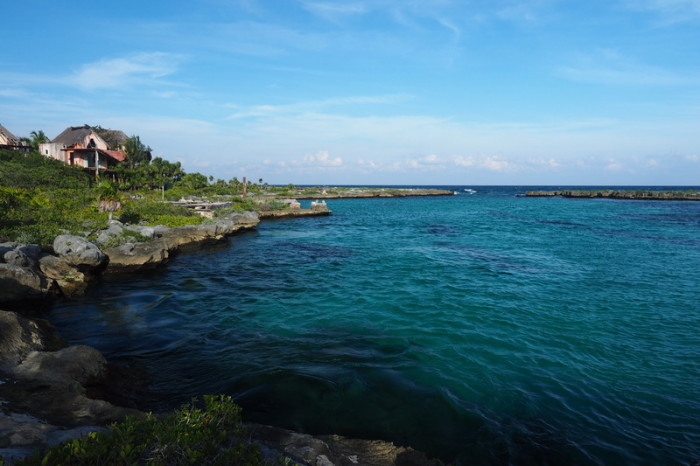
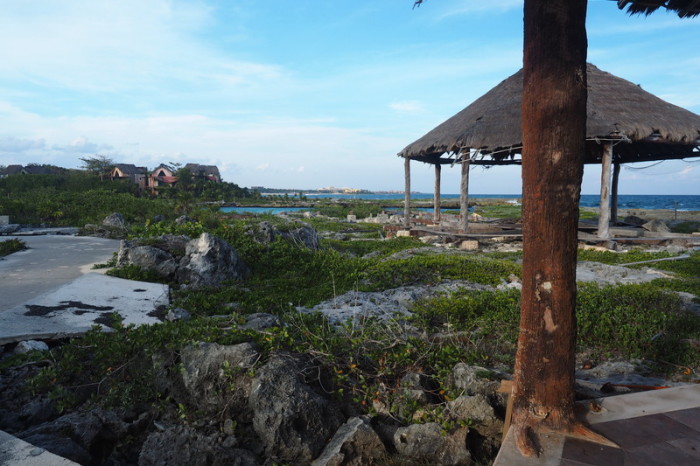
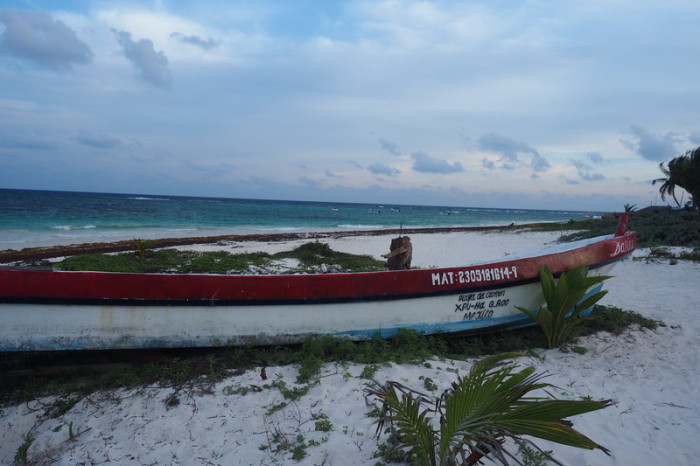
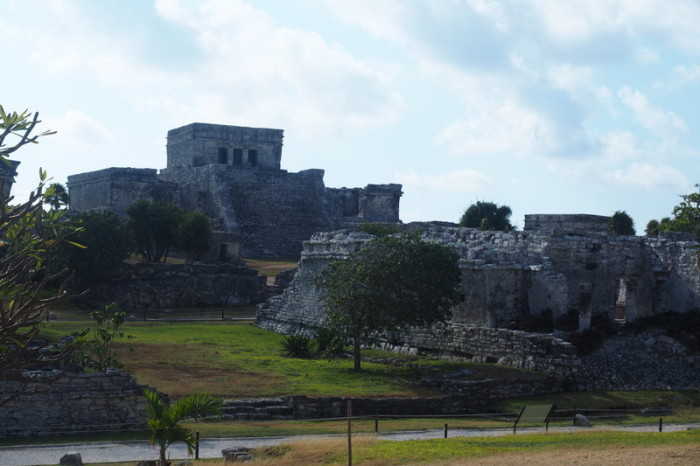
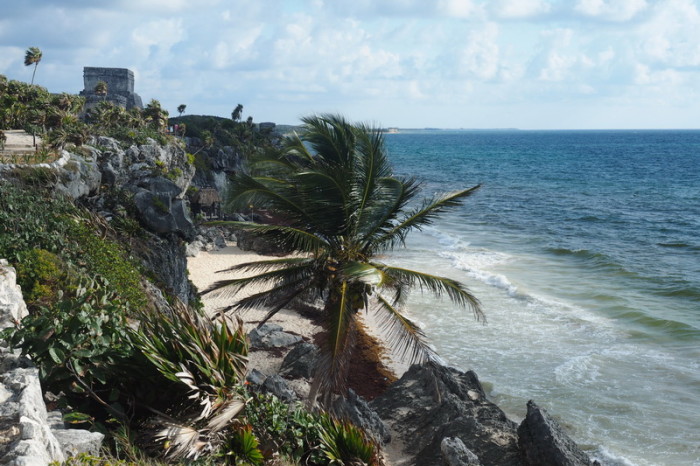
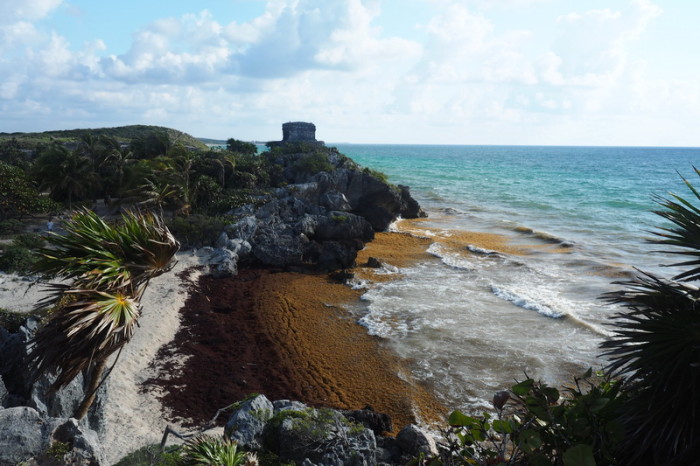
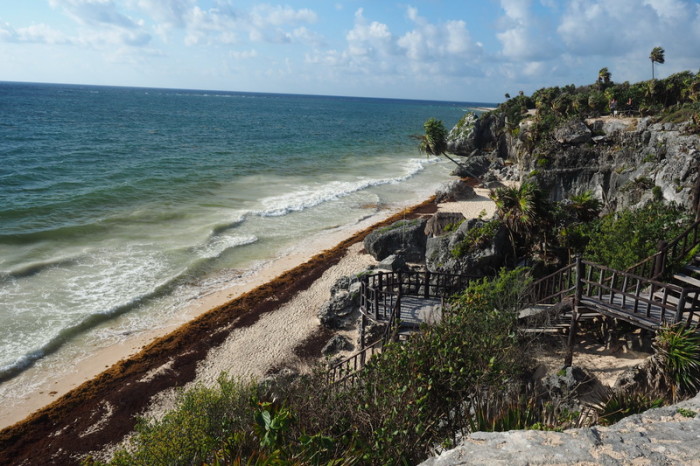
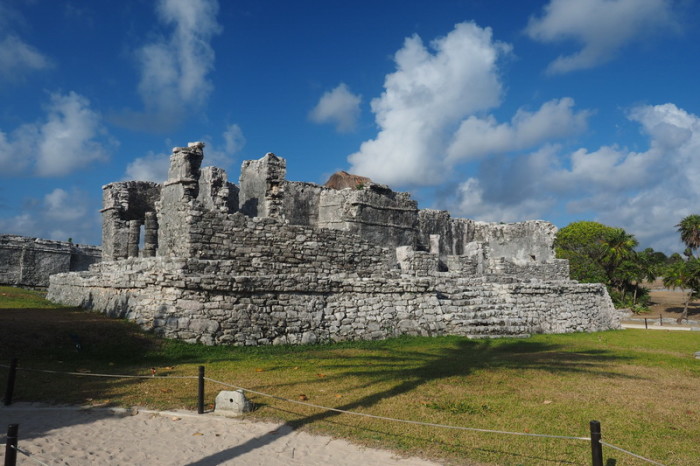
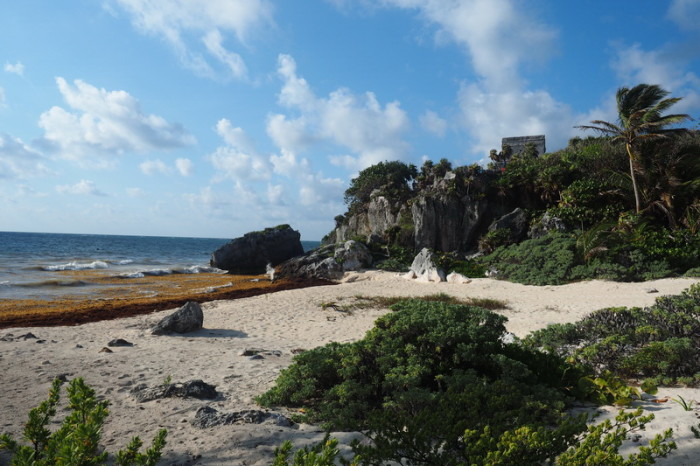
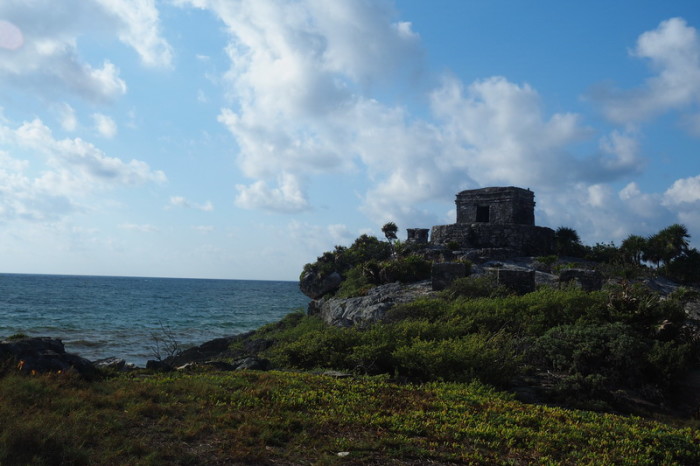


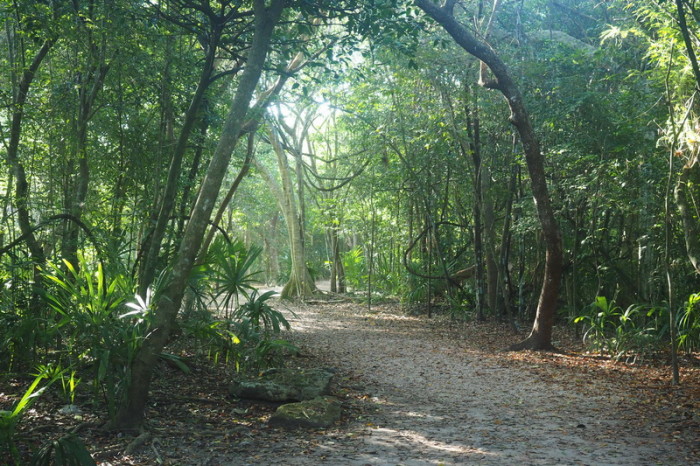
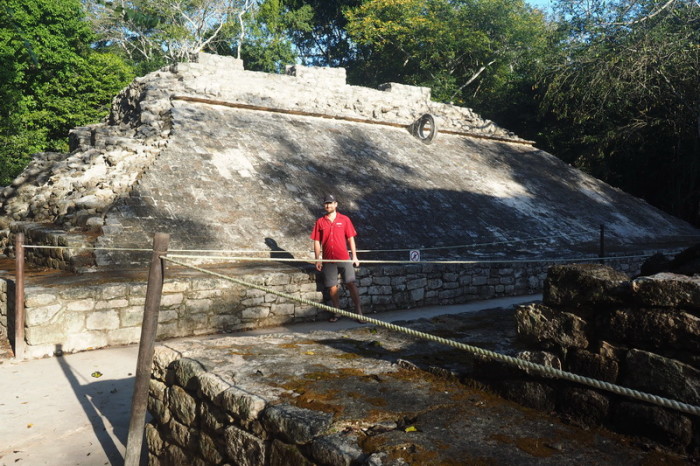
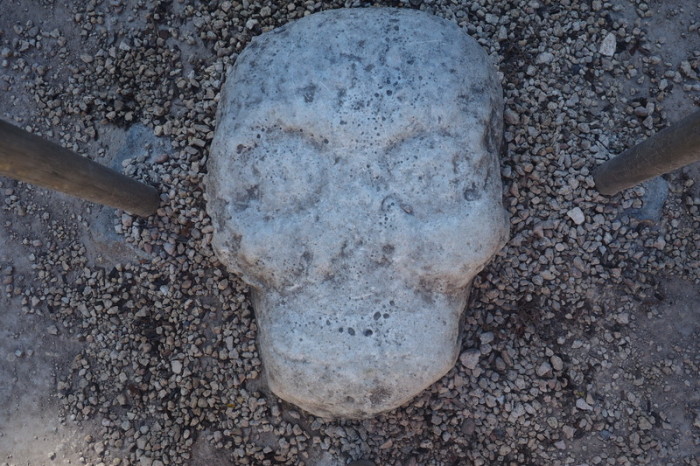
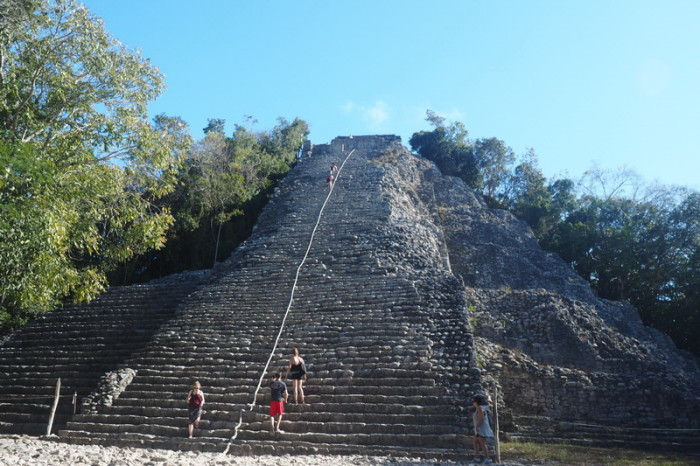
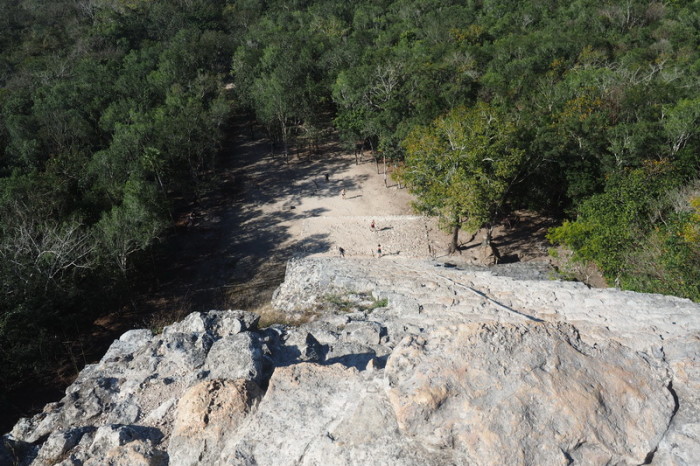
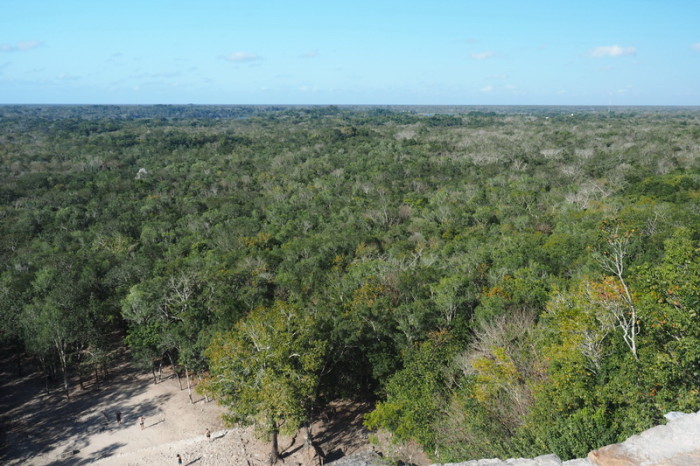
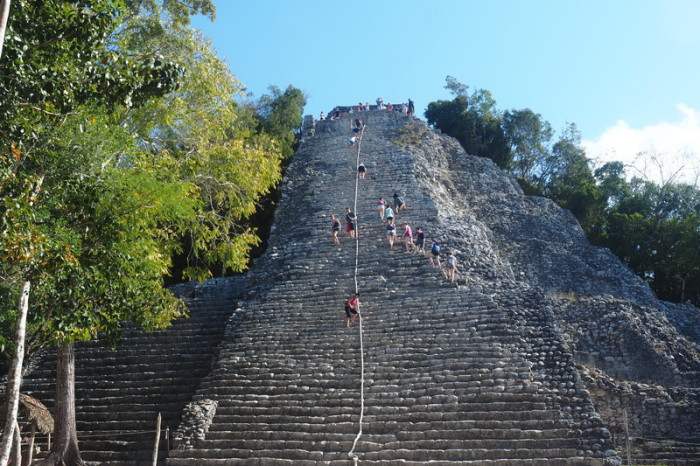
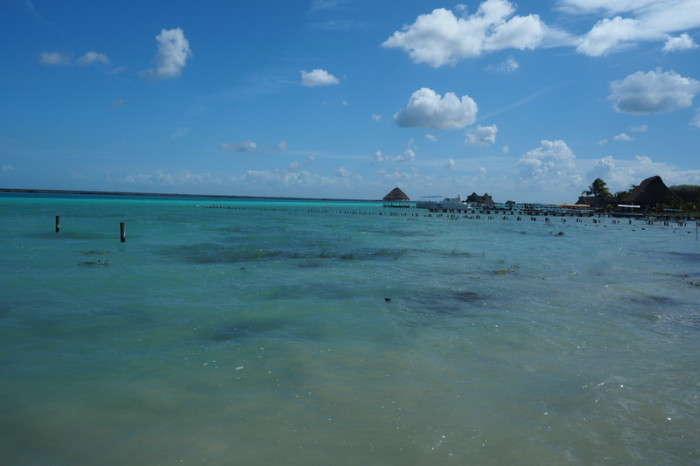
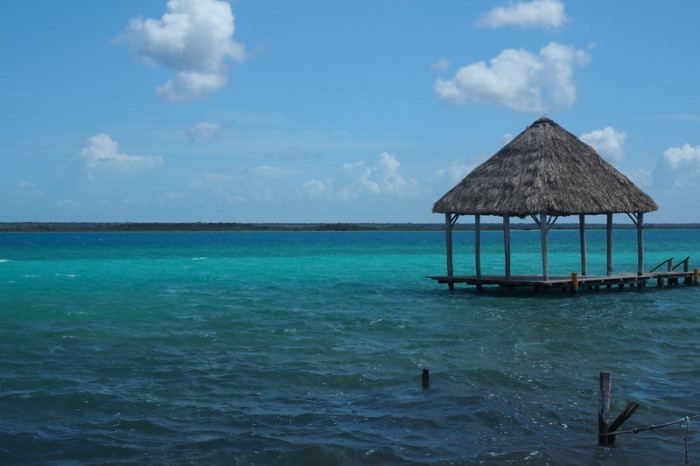

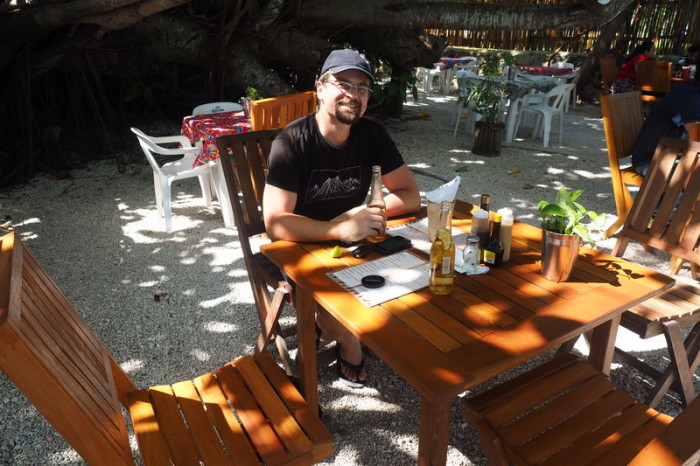
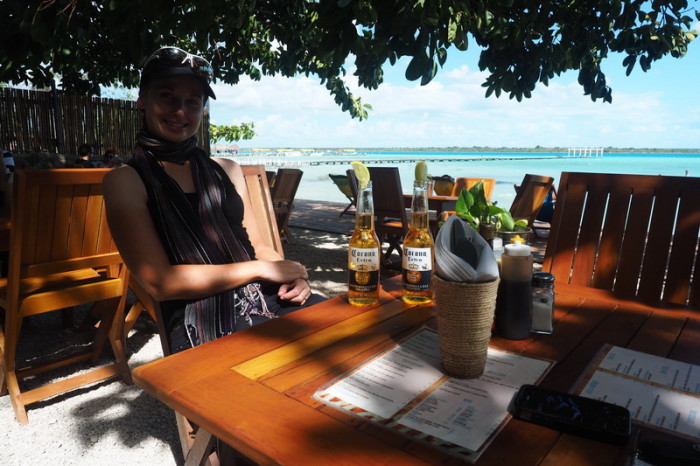

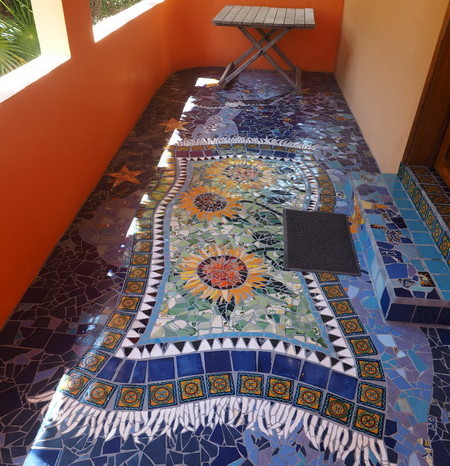
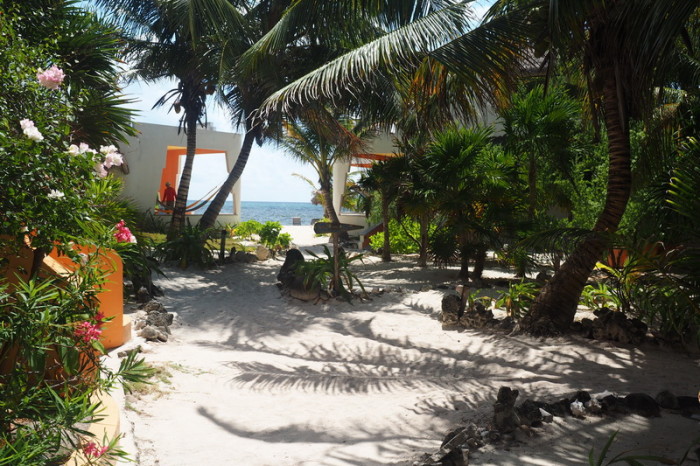

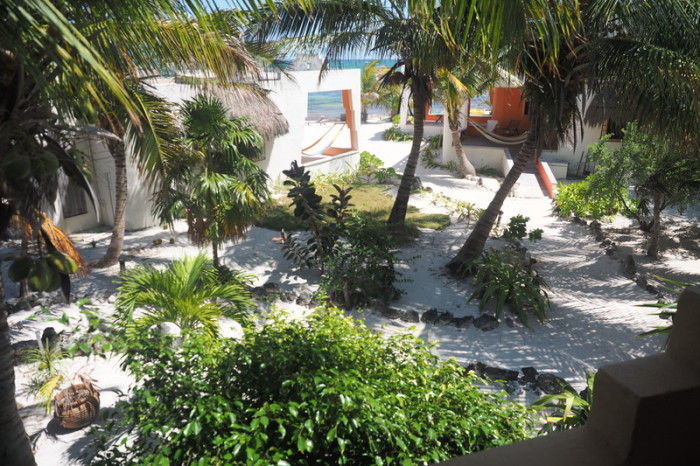
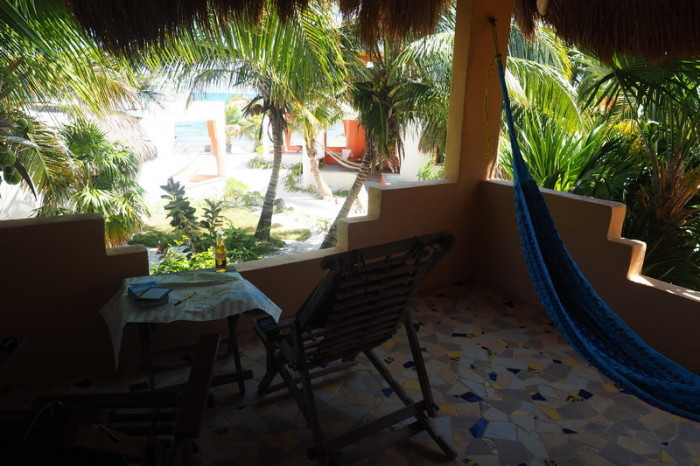
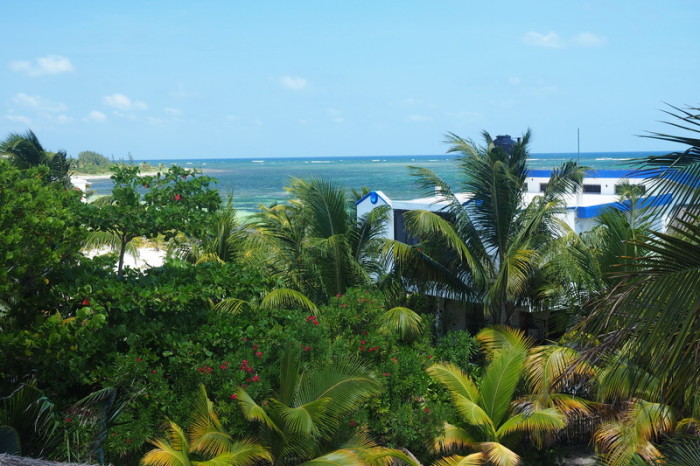


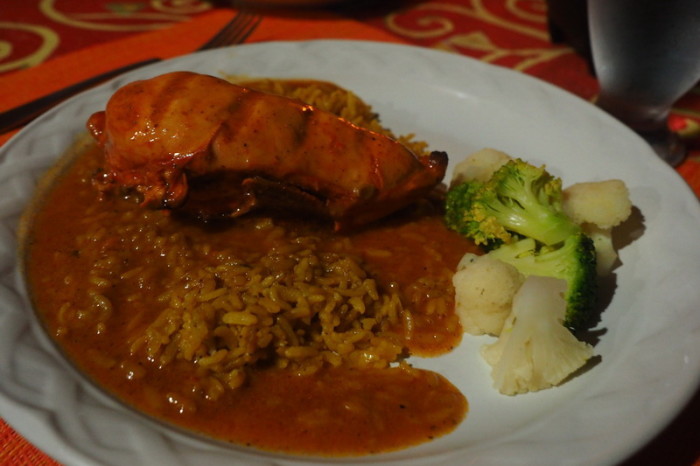
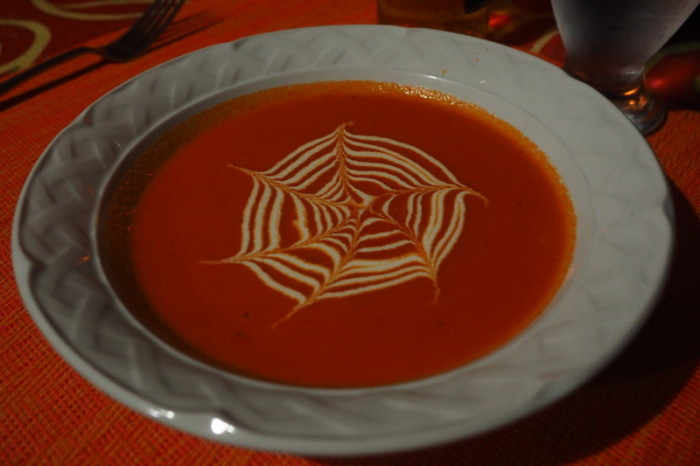

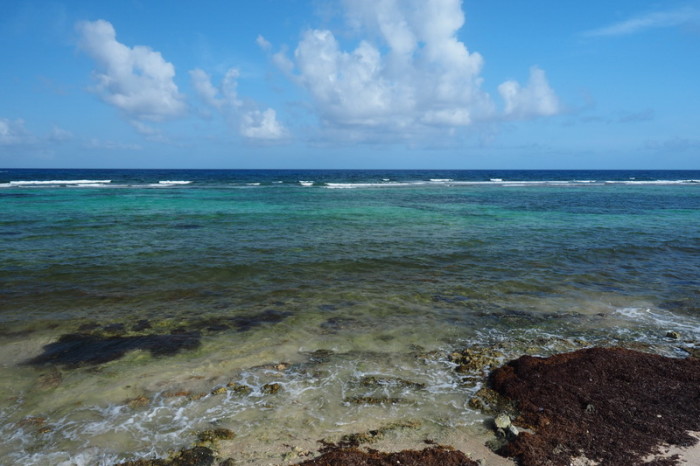
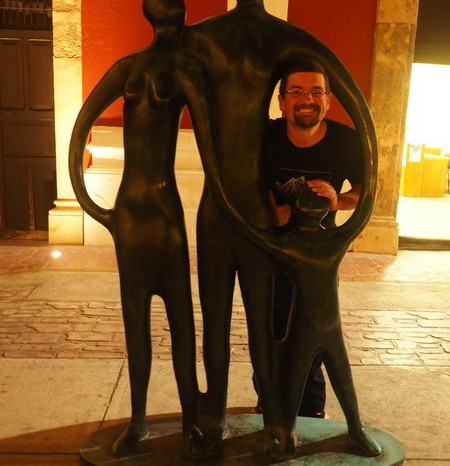
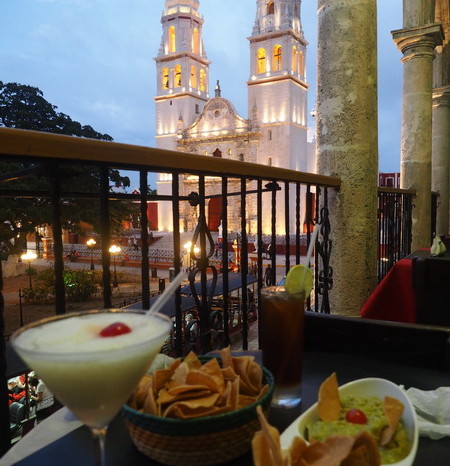
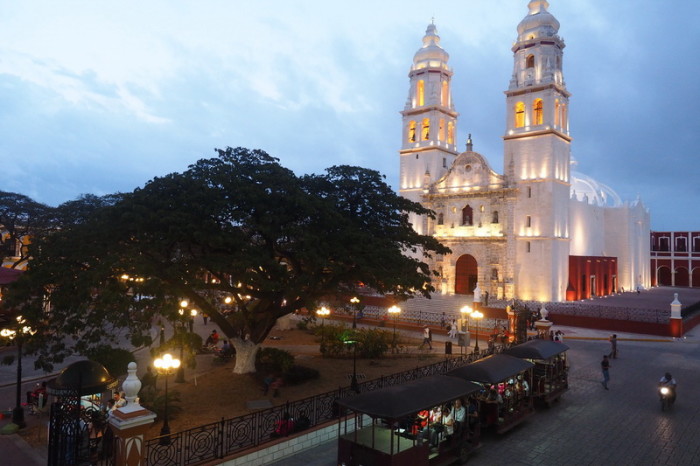
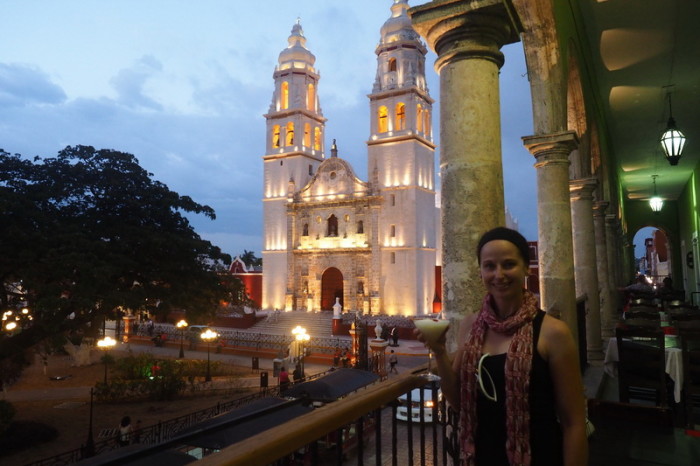
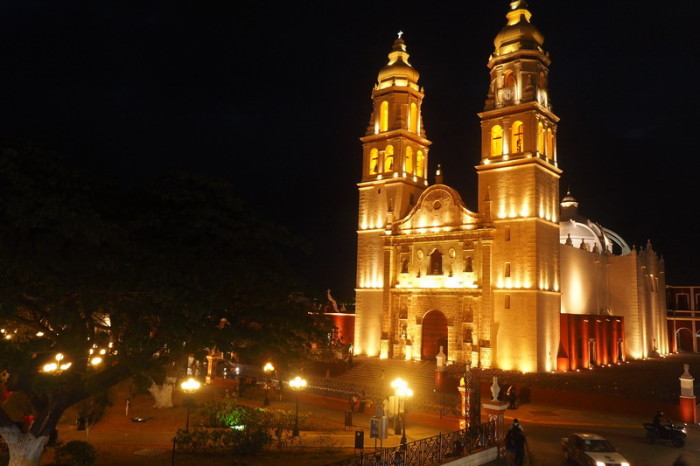
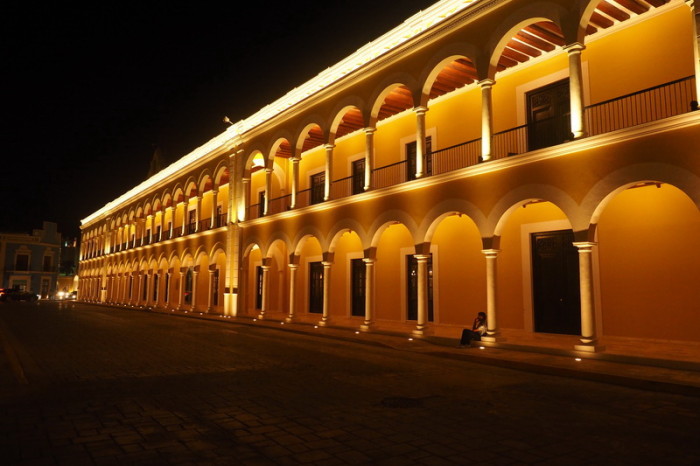
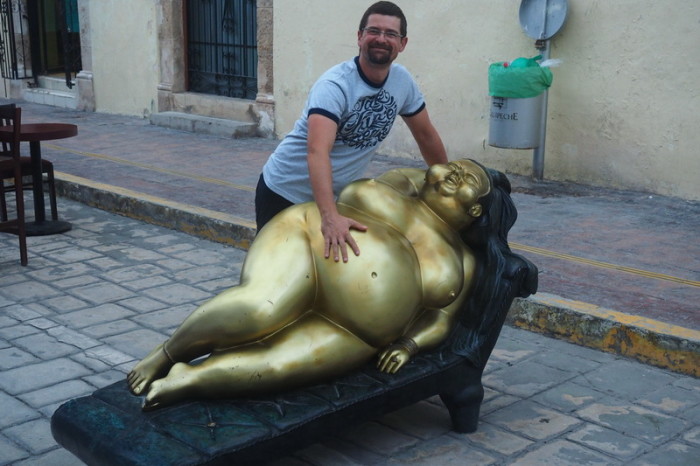
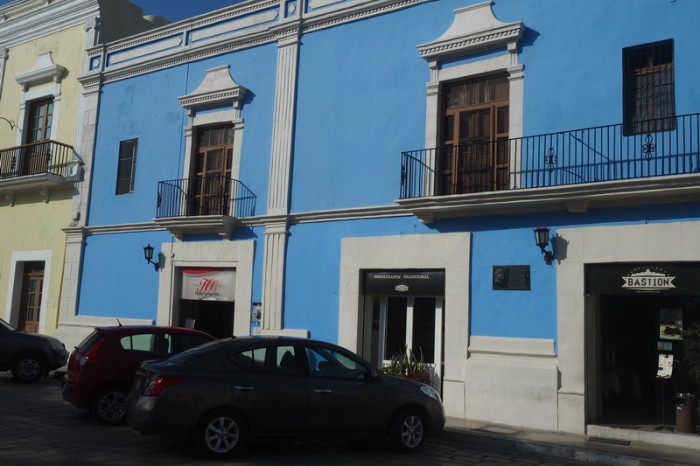
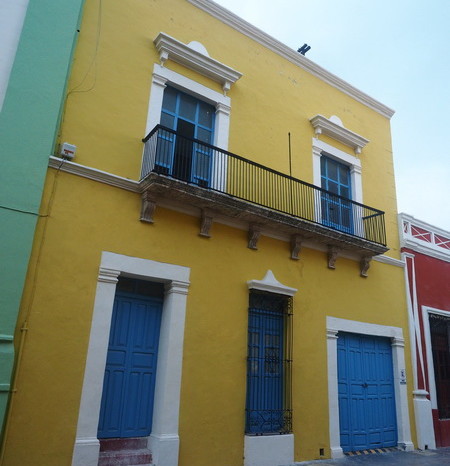
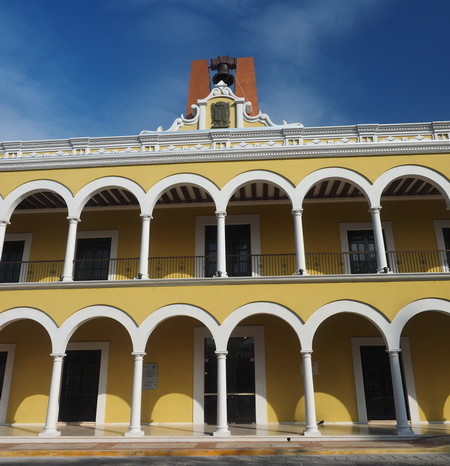
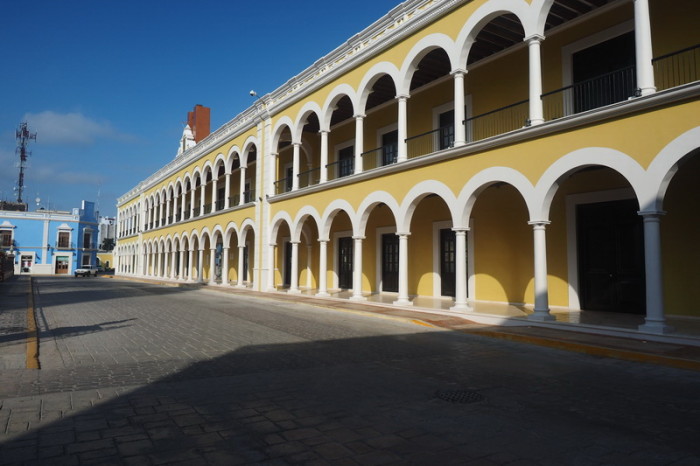
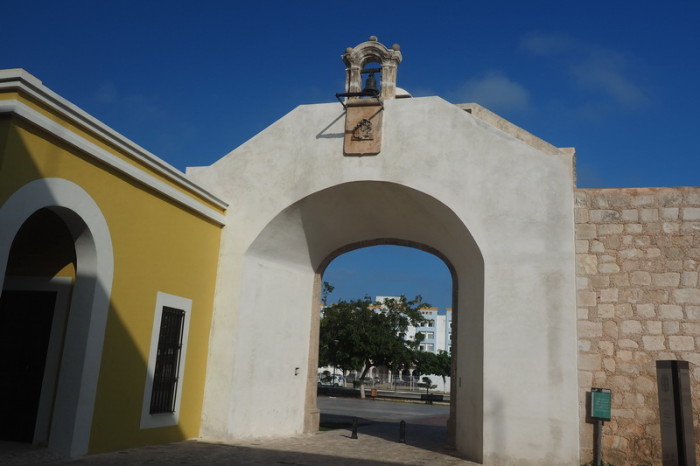
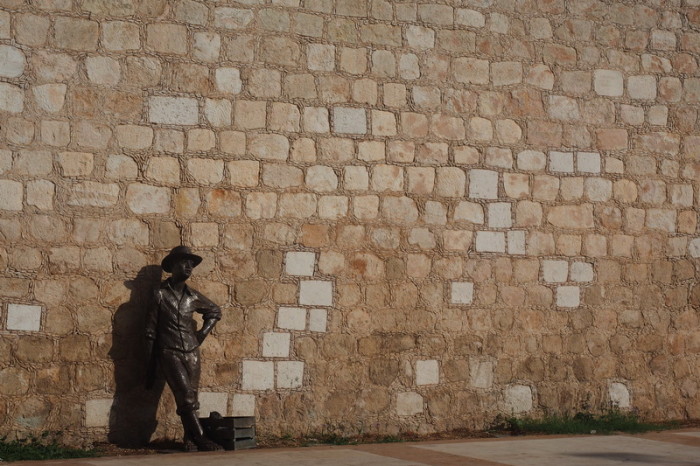
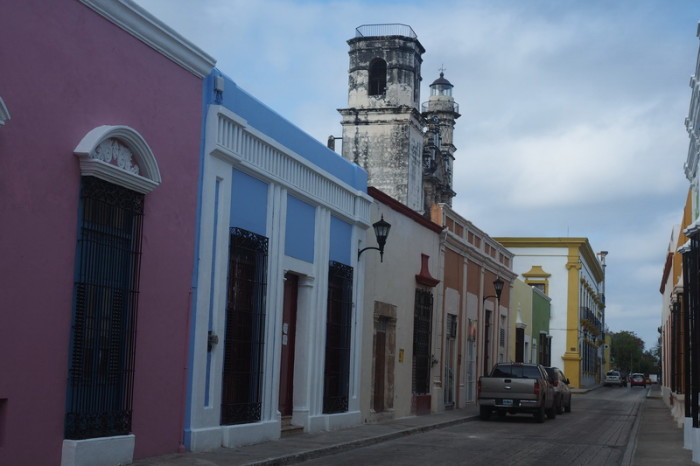

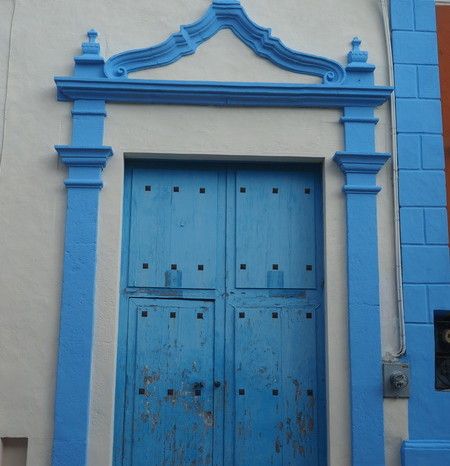
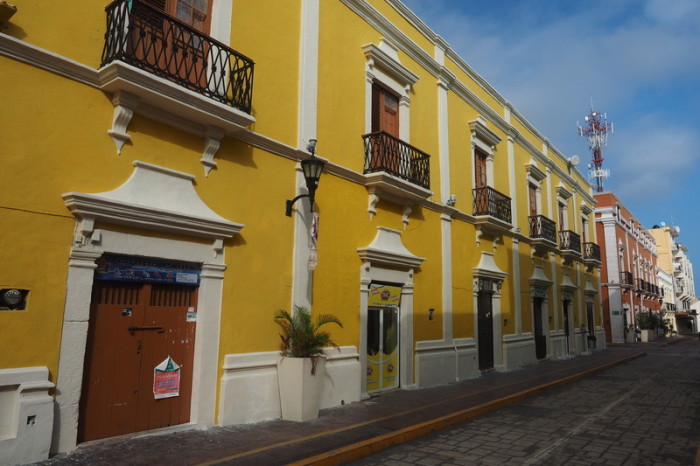
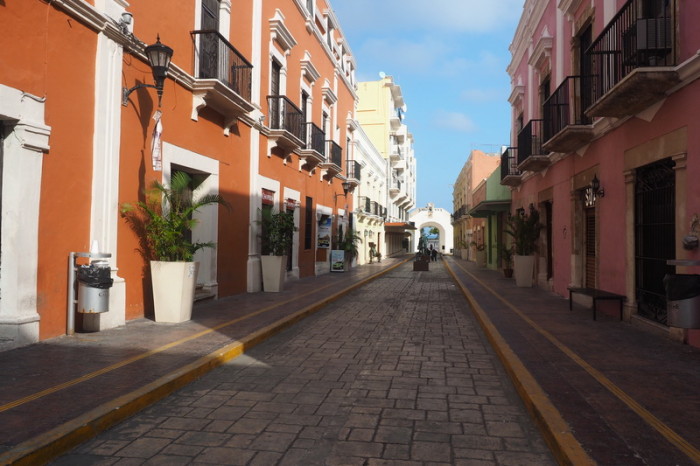


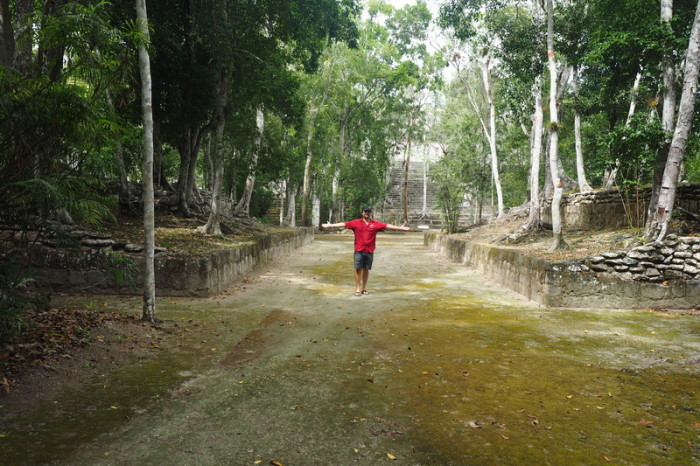
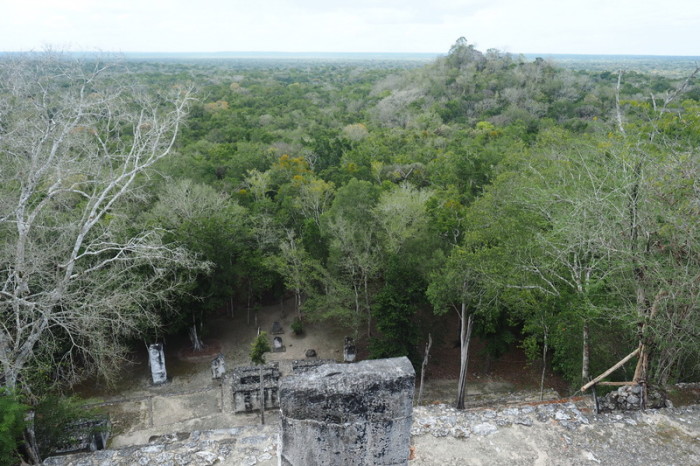
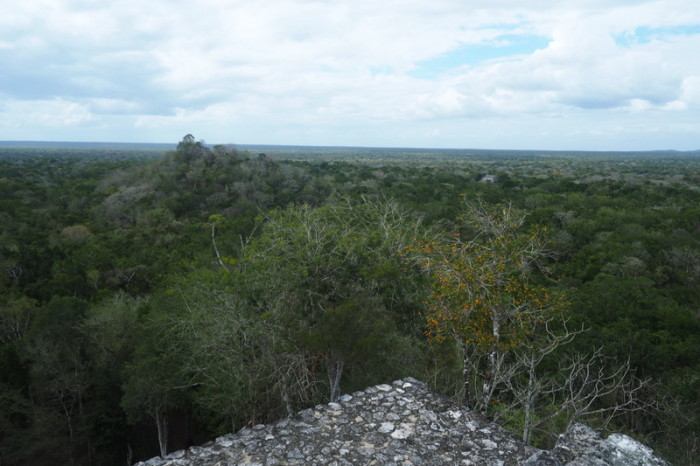
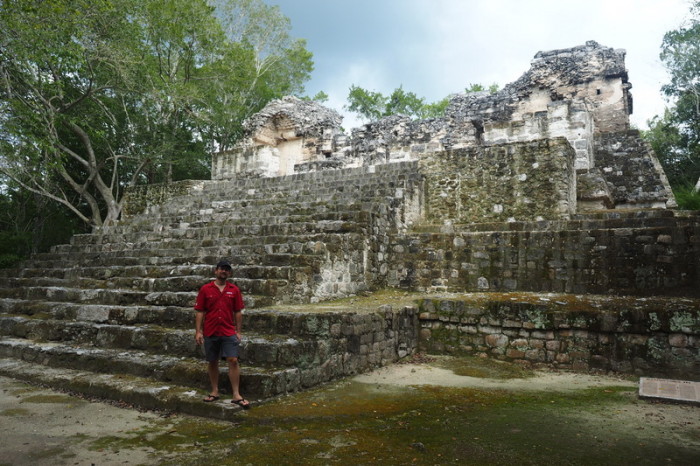
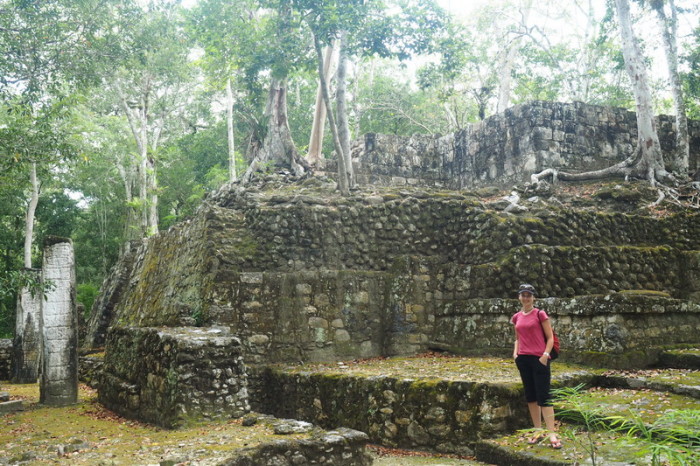
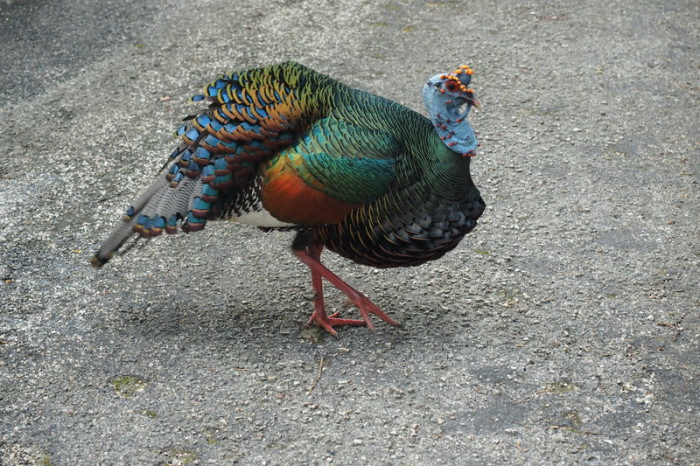





















Recent Comments